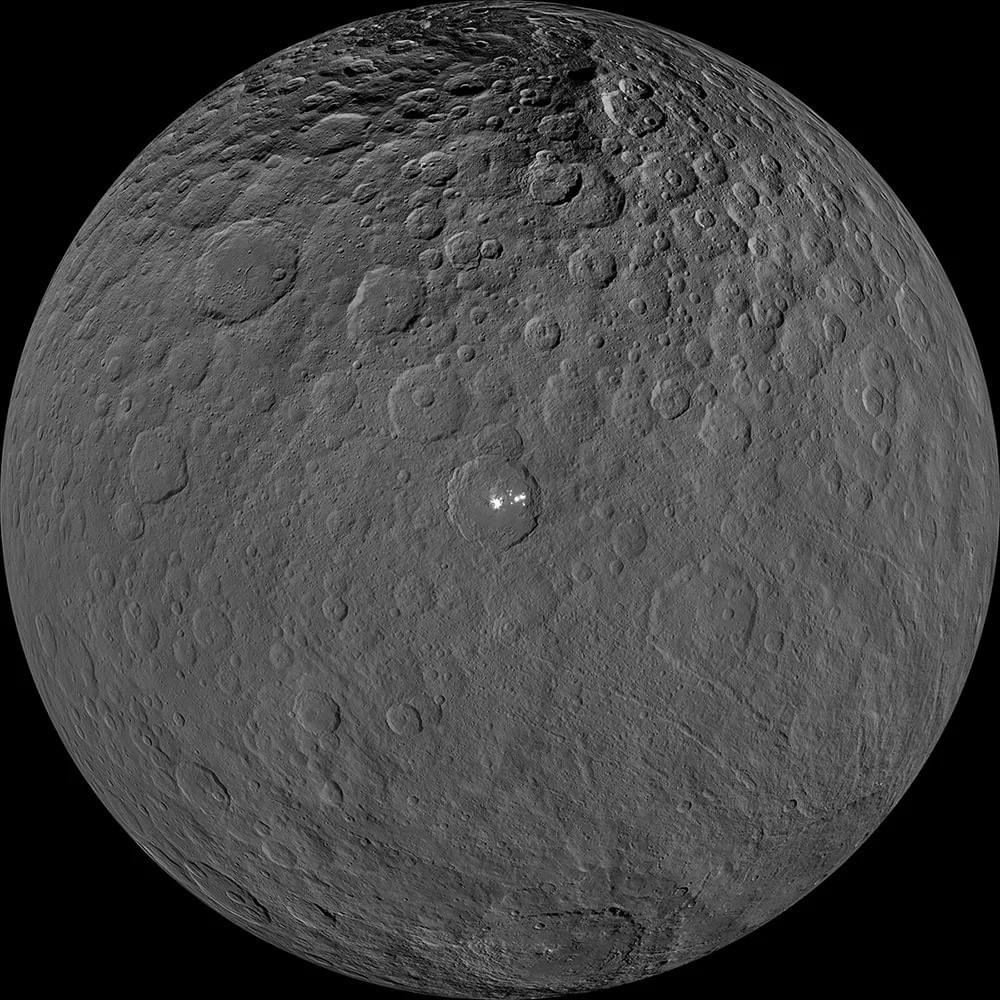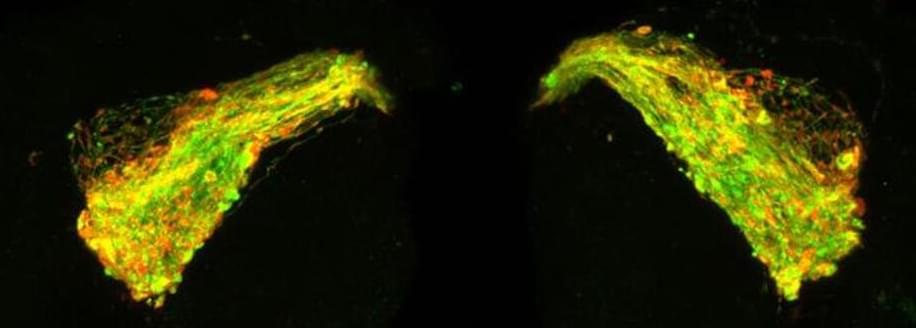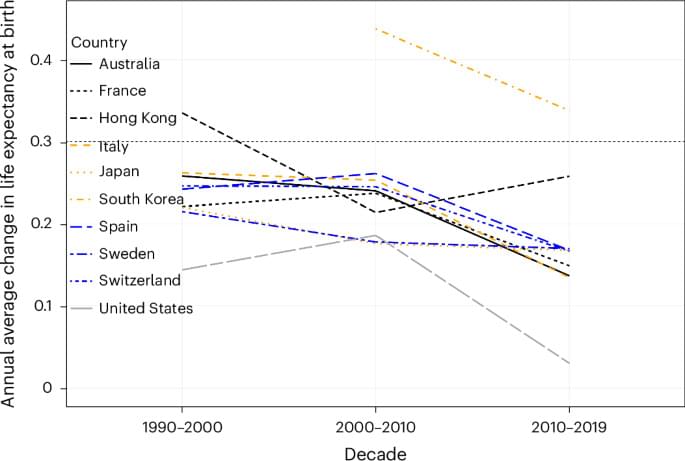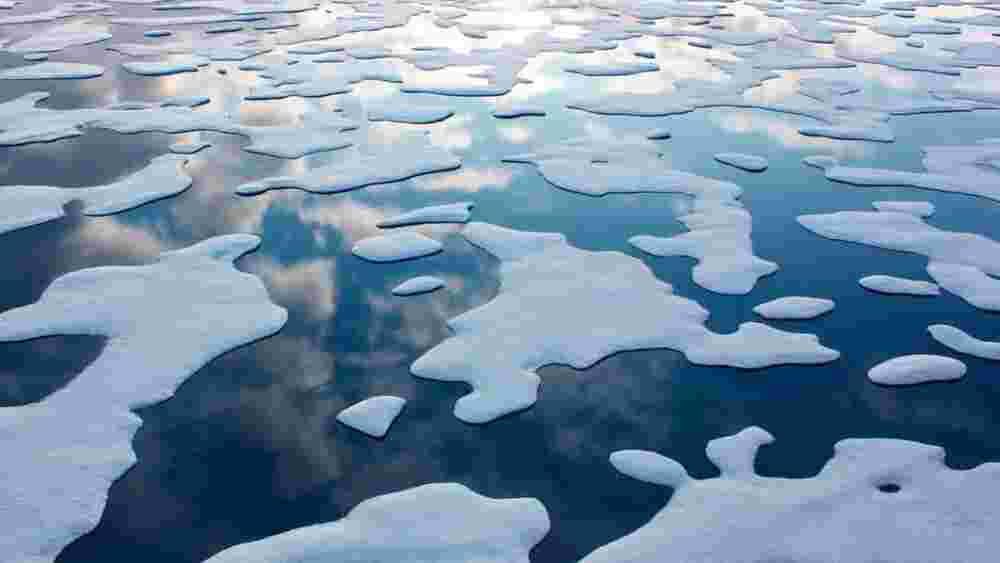Ian Pamerleau: “We used multiple observations made with Dawn data as motivation for finding an ice-rich crust that resisted crater relaxation on Ceres. Different surface features (e.g., pits, domes and landslides, etc.) suggest the near subsurface of Ceres contains a lot of ice.”
Was the dwarf planet Ceres once an ocean world like Europa and Enceladus? If so, how did it become the cratered and icy world we see today? This is what a recent study published in Nature Astronomy hopes to address as a team of researchers from Purdue University and NASA’s Jet Propulsion Laboratory (JPL) investigated the formation and evolution of the internal geological processes of Ceres and how this could help scientists better understand ocean worlds throughout the solar system.
“We think that there’s lots of water-ice near Ceres surface, and that it gets gradually less icy as you go deeper and deeper,” said Dr. Mike Sori, who is an assistant professor in the Department of Earth, Atmospheric, and Planetary Sciences at Purdue University and a co-author on the study. “People used to think that if Ceres was very icy, the craters would deform quickly over time, like glaciers flowing on Earth, or like gooey flowing honey. However, we’ve shown through our simulations that ice can be much stronger in conditions on Ceres than previously predicted if you mix in just a little bit of solid rock.”






